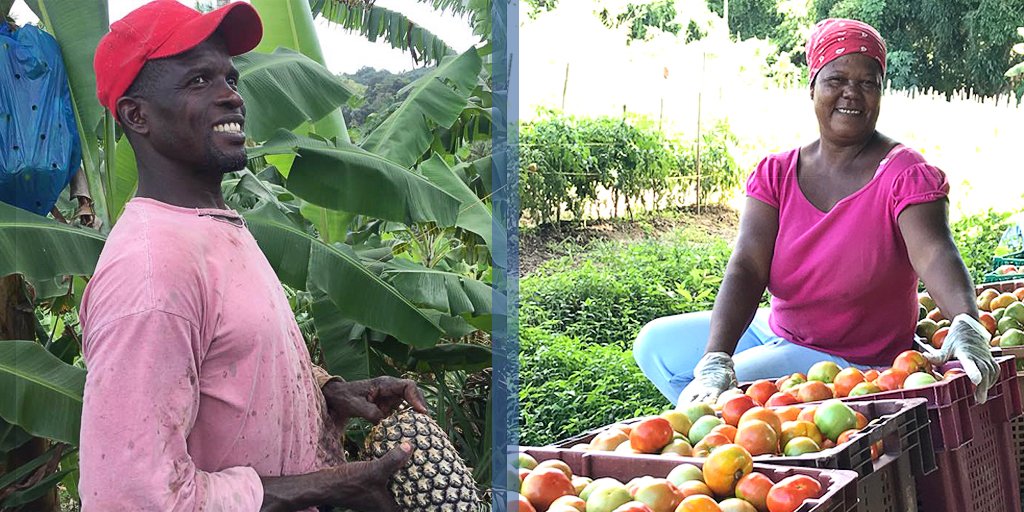Farming in Saint Lucia plays a vital role in the country’s economy, food security, and rural employment. Though the island’s agriculture has faced challenges over the years—particularly from natural disasters and competition in global markets—it remains an essential sector with both traditional and modern farming practices.
Key Aspects of Farming in Saint Lucia
Main Crops Grown
- Bananas (formerly the main export crop)
- Cocoa
- Coconuts
- Mangoes, Avocados, and Citrus fruits
- Root crops (yams, dasheen, cassava)
- Vegetables (lettuce, tomatoes, peppers, cucumbers)
Livestock Farming
- Goats and sheep
- Cattle (mainly for milk)
- Poultry (chickens for eggs and meat)
- Pigs
Other Agricultural Activities
- Beekeeping (honey production)
- Aquaculture (fish farming, still developing)
- Herbs and spices cultivation (e.g., nutmeg, turmeric)
Farming Methods
- Subsistence farming (small-scale for local markets or home use)
- Commercial farming (larger-scale operations for export and domestic supply)
- Organic and greenhouse farming (growing in popularity, especially among youth)
Challenges
- Soil erosion and land degradation
- Limited access to technology and financing
- Vulnerability to hurricanes and climate change
- Market access and competition from imports
Government and NGO Support
- Training and technical support via the Ministry of Agriculture
- Youth and Women in Agriculture programs
- Subsidies and grants for seedlings, tools, and fertilizers
- Promotion of climate-smart agriculture
Trends and Modern Developments
- Shift from banana dependency to crop diversification
- Encouragement of agribusiness and value-added products (e.g., coconut oil, cassava flour)
- Integration of tourism with farming (“agri-tourism” initiatives)


